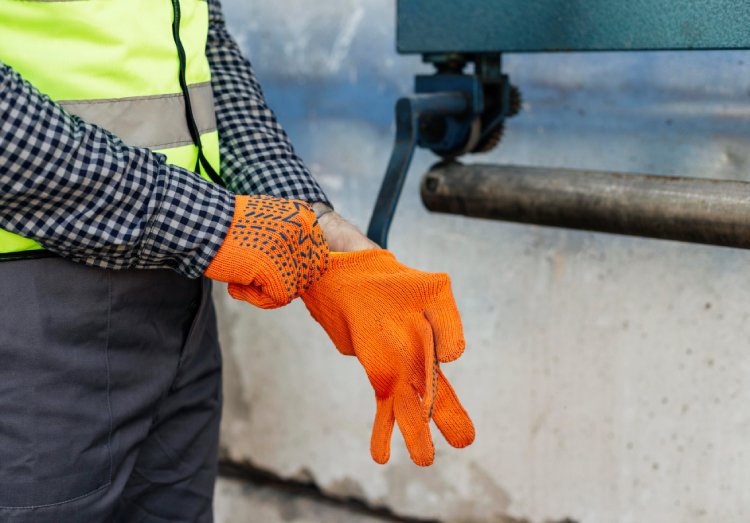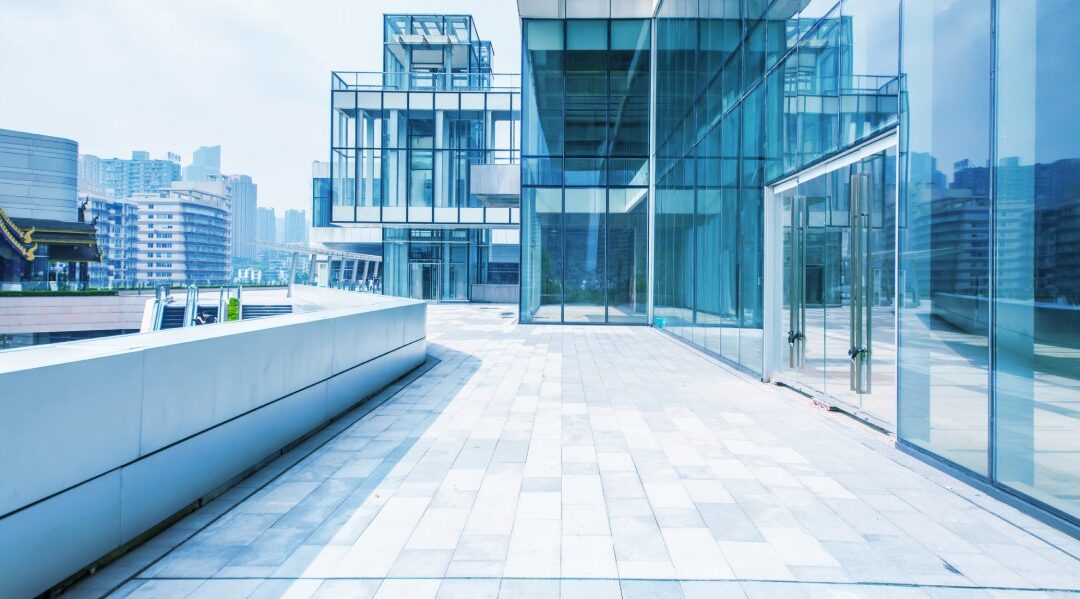Bigger structures, like commercial buildings, may look durable and infallible, but like residential properties, they also render vulnerable to water issues. That is why it is essential for commercial property owners to protect their buildings from damage. Remember, it is better to prevent these problems from happening than pay the cost of repairs in the future.
With that, commercial waterproofing is a crucial consideration for any commercial structure. If you want to learn more about it, read on as we explore the various types of waterproofing techniques experts follow.
The Dangers of Water Ingress
Before we delve into the different types of commercial waterproofing, let us discuss the consequences of water penetration or ingress in a non-residential property.
Water ingress in commercial buildings presents several significant risks and problems, which can have both immediate and long-term consequences, including:
Structural Damage
One of the most serious dangers of water ingress is the potential damage to the building’s structure. When water seeps through the surface, it can weaken foundational elements, corrode steel reinforcements, and deteriorate crucial structural components.
These structural damages can then compromise the integrity of the building, leading to more expensive repairs compared to the initial commercial waterproofing cost. In severe cases, they may even compromise the safety of the property’s occupants.
Mould and Mildew Growth
Water ingress creates a damp environment, making it a breeding ground for mould and mildew. While they are known to damage inferior finishes, like walls and ceilings, these elements can also pose health risks to the occupants.
Health effects of mould and mildew:
Respiratory conditions like asthma
- Shortness of breath
- Allergic reactions
- Sinus infections
- Skin irritation
- Worsen the symptoms of individuals with compromised immune systems
As a commercial building owner, it is essential to have commercial building waterproofing to prevent these issues from happening, especially because commercial properties usually have a high occupancy rate.
Electrical Hazards
Water intrusion in a commercial building may pose safety risks to the occupants due to electrical hazards. Remember, water is a conductor of electricity. So, if it enters electrical systems or devices, it creates unintended paths for electricity to flow. Then, it causes short circuits, which results in malfunctions, equipment damage or even fires.
These hazards are particularly concerning in commercial buildings due to the complex and extensive electrical systems these structures have.
Reduced Property Value
Continuous water ingress issues can lead to a decrease in the property’s value. Bear in mind that the effects of water on a property, regardless of its type, aren’t invisible.
When water damage starts to appear, you’ll see stains on the surface, peeled paintings, and visible cracks or gaps. And with the looming fear of structural issues, commercial properties damaged by water may be less appealing to buyers or tenants.
With that, you may not gain revenue or returns on investment for your commercial space. So, make sure to address water issues through commercial building waterproofing.
Increased Maintenance Costs
Dealing with the aftermath of water ingress often leads to increased maintenance and repair costs. As a commercial property owner, you may have to pay repair fees for damaged structures and incur expenses for repainting, rewiring, rebuilding, and such.
Therefore, consistent issues with water will mean constant repairs and replacements, as well as additional commercial waterproofing cost. You may also face legal issues if tenants or customers are affected.
Operational Disruptions
Unlike residential properties, where the occupants are mostly your family members enjoying each other’s company, commercial properties are usually a place of business.
As such, water ingress can cause significant disruptions for businesses operating within these commercial buildings. Severe structural damages due to water infiltration can make larger areas of the property unusable, which affects daily operations and eventually leads to revenue losses.
Essentially…
Water ingress is not just a maintenance issue. It is a multifaceted problem that may affect the structural and functional aspects of a commercial building. Moreover, it comes with financial repercussions, leading to more issues for both the tenants and the owner.
For this reason, effective waterproofing and regular maintenance are essential for commercial properties to maintain their functionality, aesthetics, and revenue generation.

Methods of Commercial Waterproofing
Commercial waterproofing involves various methods designed to protect structures from water damage. Each type of waterproofing has specific applications and benefits, making it suitable for different commercial needs. Here’s an overview of its types:
Membrane Waterproofing
The materials for the membranes for this waterproofing method are usually made of modified bitumen, PVC, or rubber. These materials act as a barrier, preventing water from penetrating surfaces like roofs, decks, and balconies. It’s particularly effective for flat or low-slope roofs and is valued for its durability and versatility.
Liquid Waterproofing
Commercial waterproofing contractors use a liquid-based solution to the surface, which then dries or cures to form a seamless, waterproof layer. One advantage of liquid waterproofing is the surface doesn’t need to be flat.
It adapts to various surfaces, especially those with complex shapes or forms. You can also easily apply liquid waterproofing around pipes, vents, and other irregularly shaped surfaces. Experts often use this method for internal areas like bathrooms.
Cementitious Waterproofing
This technique uses a cement-based solution that, once hardened, provides a durable waterproof layer. It is common in areas prone to moisture, like basements, swimming pools, bathrooms, and water tanks. Its main advantage is its strength and the ability to withstand high pressure.
Bituminous Coating or Asphalt Coating
This method uses a bitumen-based coating that is excellent for foundations and below-ground waterproofing. Commercial waterproofing contractors normally use this material in areas not exposed to sunlight or where a protective top layer is applied. Bituminous coating isn’t recommended for outdoor waterproofing because bitumen can become brittle and crack when exposed to ultraviolet rays.
Polyurethane Liquid Membrane
Known for its flexibility, polyurethane liquid membrane is ideal for areas subject to movement or expansion, such as building foundations and joints. The polyurethane liquid forms a rubber-like elastic membrane, which can absorb structural movements without cracking.
Injection Waterproofing
Compared to other types of waterproofing, where you just apply or adhere the material to the surface, injection waterproofing involves injecting the solution into cracks or joints. The solution can either be a resin or polyurethane compound.
Contractors offering commercial waterproofing services commonly use this method for cracks or joints, making it highly effective for repairing existing water ingress issues. Other usual applications for injection waterproofing are for basements, tunnels, and sewers.
Protect Your Property and Money with Superior Waterproofing
At Superior Waterproofing, we are dedicated to giving our clients the best waterproofing services that will help them protect their properties in the long run. We guarantee that our team has the expertise and skills to bring you top-notch and professionally finished commercial waterproofing in Brisbane, so you won’t have to worry about your building despite heavy rains and unpredictable circumstances.
Call us on +61468760750 or email info@superiorwaterproofing.com.au for more information about us and the services we offer.
